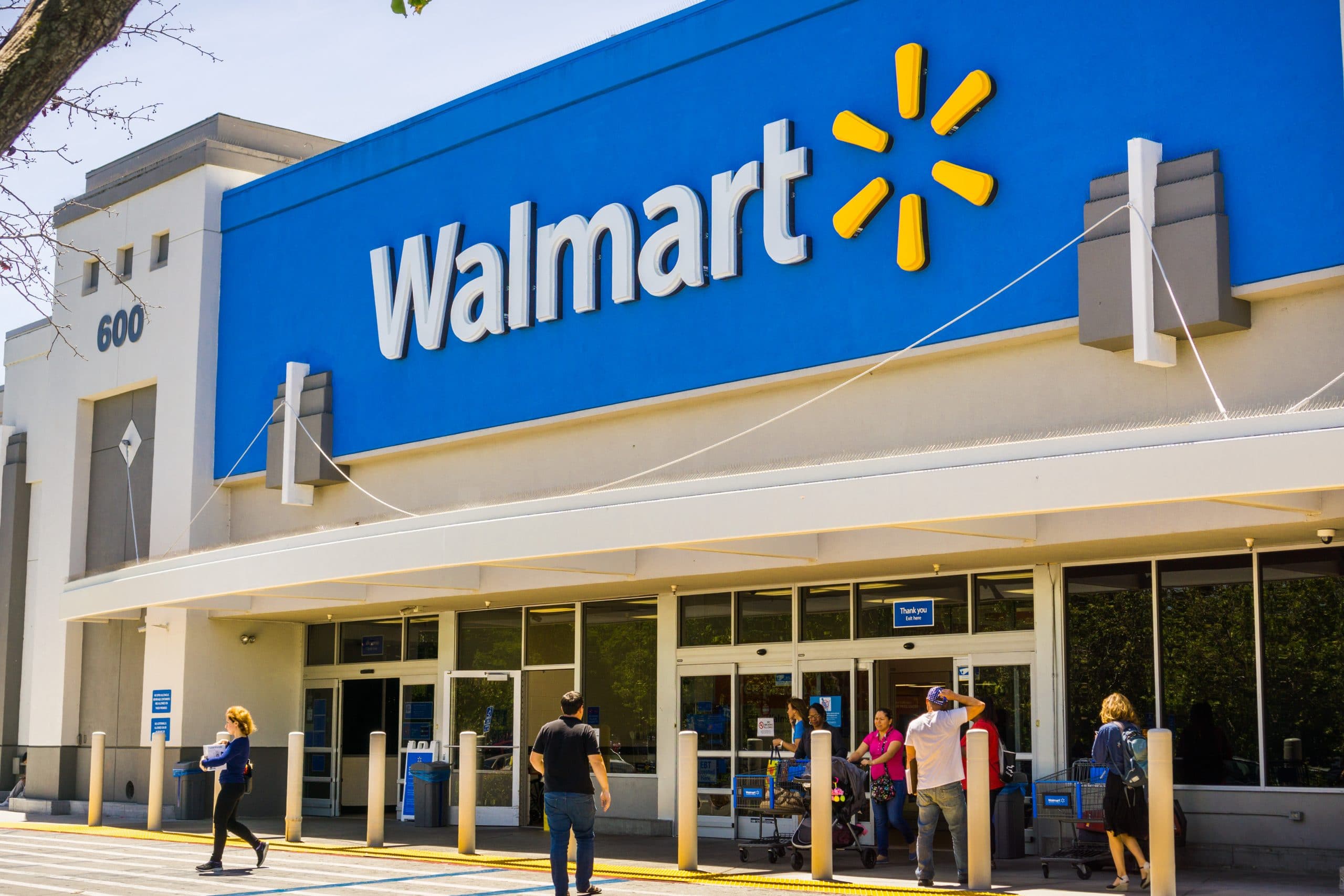With the COVID-19 pandemic, there has been an influx in the e-commerce industry, and HireDynamics, a workforce solutions provider has been playing their part to enhance the operations all over the Southeastern United States. Team eCommerce Next interviewed Travis Turner, Director of Business Development, Hire Dynamics to get more insights. Following is our interview with him:
Tell us about you, your work, and the company you work with.
My name is Travis Turner and I am the Director of Business Development, e-commerce & Supply Chain for Hire Dynamics. I have been in or supporting the Supply Chain Industry for over 12 years. My role at Hire Dynamics is to bring value far beyond Workforce Solutions, to our e-commerce and Supply Chain industry business leaders and organizations. Supporting our entire footprint, I work with our internal leadership, field employees, community partners, and business partners to ensure connectivity, facilitate best practice sharing, and help drive business growth internally and for our clients.

Tell us about the moves some of the big retailers like Target and Walmart are making in e-commerce. Is this good for the consumer? Why or why not?
Major big-box retailers Target and Walmart are both ahead of the game and were positioned nicely for the recent e-commerce acceleration due to the pandemic. Utilizing their store locations as mini fulfillment centers for direct to consumer online orders, they have been able to cut down on delivery costs and maintain fast delivery times. Additionally, we saw the acceleration of “click and collect”, also known as “order online pick up in-store”. The consumer buying behavior is already primed for this from the food/restaurant industry “curbside” service. It is no surprise that once consumers got a taste of click and collect, they embraced it. Both companies have invested major dollars in technology to enhance their online sales platforms as well as their inventory management and logistics processes. This May, Target acquired the technology of last-mile delivery company Deliv, indicating their full-on investment in the ship direct to consumer strategy. Walmart comparatively acquired Shopify in its effort to increase its marketplace challenging Amazon’s status as the biggest and best. Further evidence of this is through their launch of Walmart Plus, which is similar to Prime, Amazon’s online paid membership service.
Options have always been good for the consumer as the competition creates lower prices. A new variable that may slow that price drop advantage is the added cost of delivery through traditional parcel companies like FedEx and UPS. Peak season hasn’t even hit yet and already we are seeing both companies raising their rates to peak levels. This increase in rates will not be absorbed by Walmart or Amazon, and they will pass that cost on to the consumer in the short term until more efficient lower-cost solutions are available. The acquisition of Deliv by Target is a last-mile Uber-like delivery technology that could help Target with delivery costs and pass savings on to their customers.
Suggested: E-commerce retailers prepared for financial and supply chain disruption due to COVID-19
What will the impact of automation be on the e-commerce industry?
Automation in e-commerce and Supply Chain, in general, has also been accelerated by the pandemic. We will see more “augmentation” solutions grow faster than full automation. Automation will be implemented in areas where repetitive slow-moving tasks are needed, but e-commerce, with all the unique orders, presents full automation challenges and that is why associate assisted technology, augmentation, will be adopted first. This is already being done with analytics to help drive associate efficiency. For example, companies like GreyOrange are building robots that bring products to employees for more efficient picking. Companies are utilizing automation to help make their employees more efficient. They are automating key parts of the process, such as setup on production lines, box building, smart conveyors, or as one Director of Supply Chain referred to as, “goods to person” robotics. The bottom line? Automation may help accelerate efficiency, but the number one asset in the building will still be people.
With e-commerce rising the ask for ‘unique orders’ will rise. What will the impact of this be on the industry?
Delivery direct to the consumer is going to change the industry and will drive innovation to get delivery costs down. Another area to watch is inventory management. With online product launches and peak season business, the unique orders of the online consumer will need the right levels of inventory in the right places to fulfill on-time delivery expectations. Inventory typically is one of the top 3 costs for any company in this space. So where will these companies store their product until it is ready to be shipped? Brick and mortar locations are being repurposed to house some of this inventory and ship direct to customers from the store. Additionally, third-party logistics warehousing companies should see an uptick in business opportunities as space for inventory begins to tighten. The rise in e-commerce online orders presents great opportunities for both small, medium, and large businesses to grow.
Returns are very time consuming do you see this turning around in the future? What can be done to streamline this pain point?
There are many opportunities for innovation in the reverse logistics category. Will companies contract third-party partners to handle it? Will they develop proprietary technology and processes to streamline returns? The answer is yes to all of these questions. It will be exciting and interesting to watch process innovation in reverse logistics and see who emerges as best in class.
How should e-commerce evaluate their workforce? What will the needs be for the labor force in the future?
Technology savvy employees will be a need in the future, and most of those skills can be taught. For companies evaluating their workforce from a fulfillment standpoint, it’s best to implement the right inventory management and Warehouse Management System tools that give you visibility to your supply chain. Having that visibility will allow companies to ramp up hiring or ramp it down to support the customer’s needs.
Where are the job opportunities now and where do you them in the future? Also, what type of jobs will we see?
In fulfillment the job opportunities are in picking, packing, sorting, machine operation, shipping and receiving, forklift operation, delivery truck operation. If there is automation in a facility, you must have technicians on staff in the event that there is a breakdown. With the rise in e-commerce and unique customer orders, the demand for customer service rises so companies will need to invest heavily in that department or outsource customer service to a third party. As far as the future goes? The sky is the limit for this industry as it will create more entry-level, management, and leadership opportunities for years to come.
Are you seeing a sudden jump in technology-related jobs especially around e-commerce and digital? Is this something sustainable?
There has been a jump in developer roles both contract and permanent due to the increased need for customized digital solutions that support new buying trends. Additionally, open-source technology is a new trend that companies can tap into for solutions. The amount of technology being pumped into e-commerce and Supply Chain will ultimately create the demand for individuals with unique and specialized technological skills.
About Hire Dynamics
Hire Dynamics is among the top 1% of more than 22,000 staffing companies as the winner of ClearlyRated’s “Best of Staffing for Client & Talent Satisfaction” for 11 consecutive years. Founded in 2001 in Atlanta, Hire Dynamics transforms lives by employing some 10,000 people daily at more than 1500 client locations. Through nearly 50 locations across the Southeast and its innovative technology, Hire Dynamics specializes in matching workers with jobs in manufacturing, contact centers, administrative support, and e-commerce/logistics at warehouses and distribution centers. The mission is to be the #1 staffing company you would refer to a friend. Its own employees have voted it a “Best Place to Work” for 12 years in a row. For more information, go to www.hiredynamics.com




















